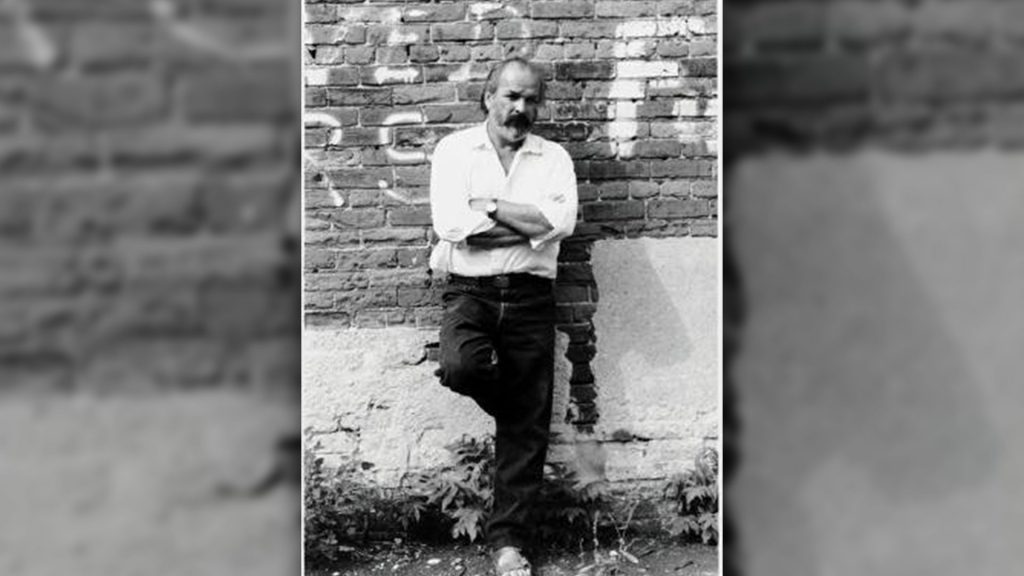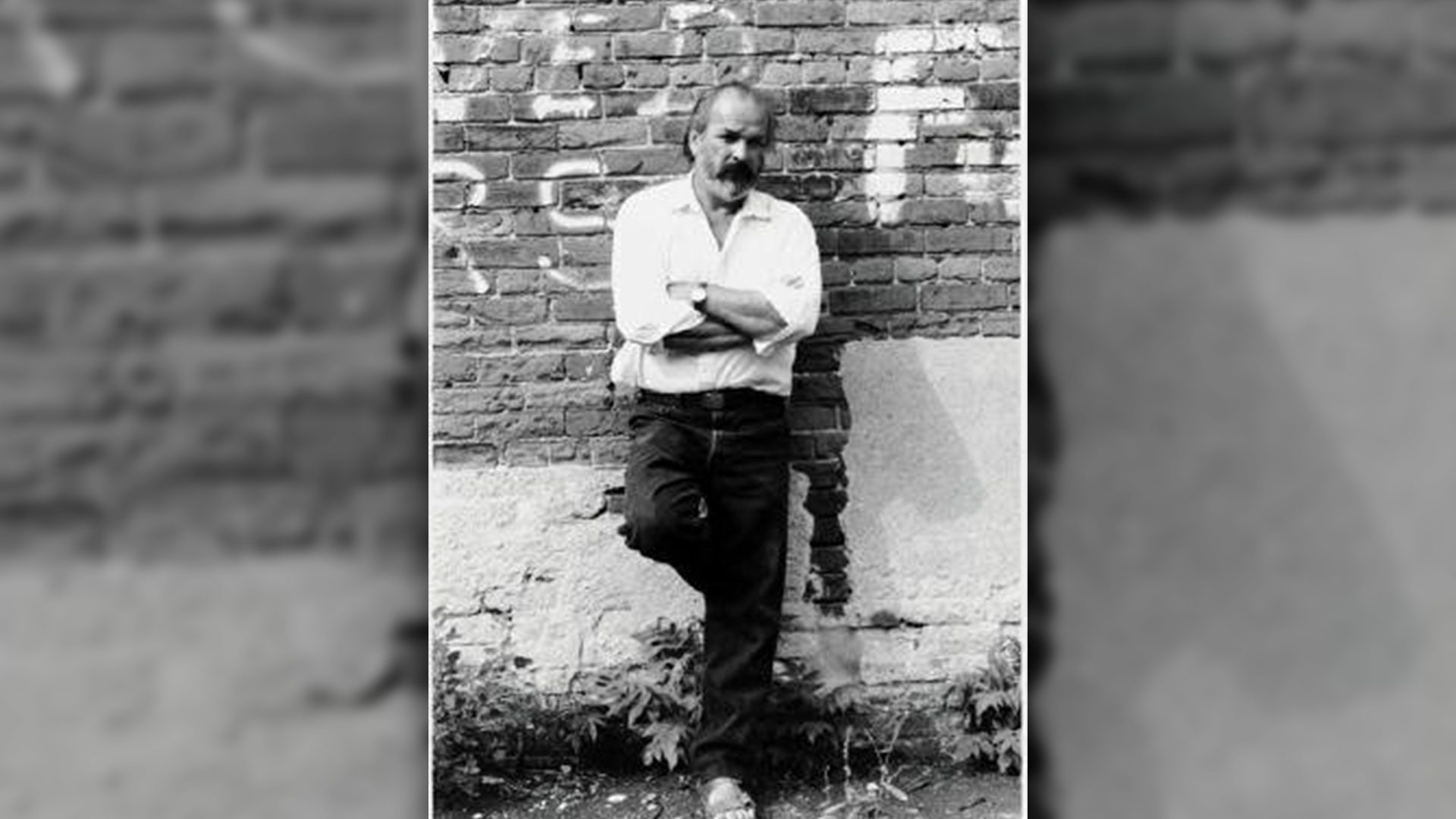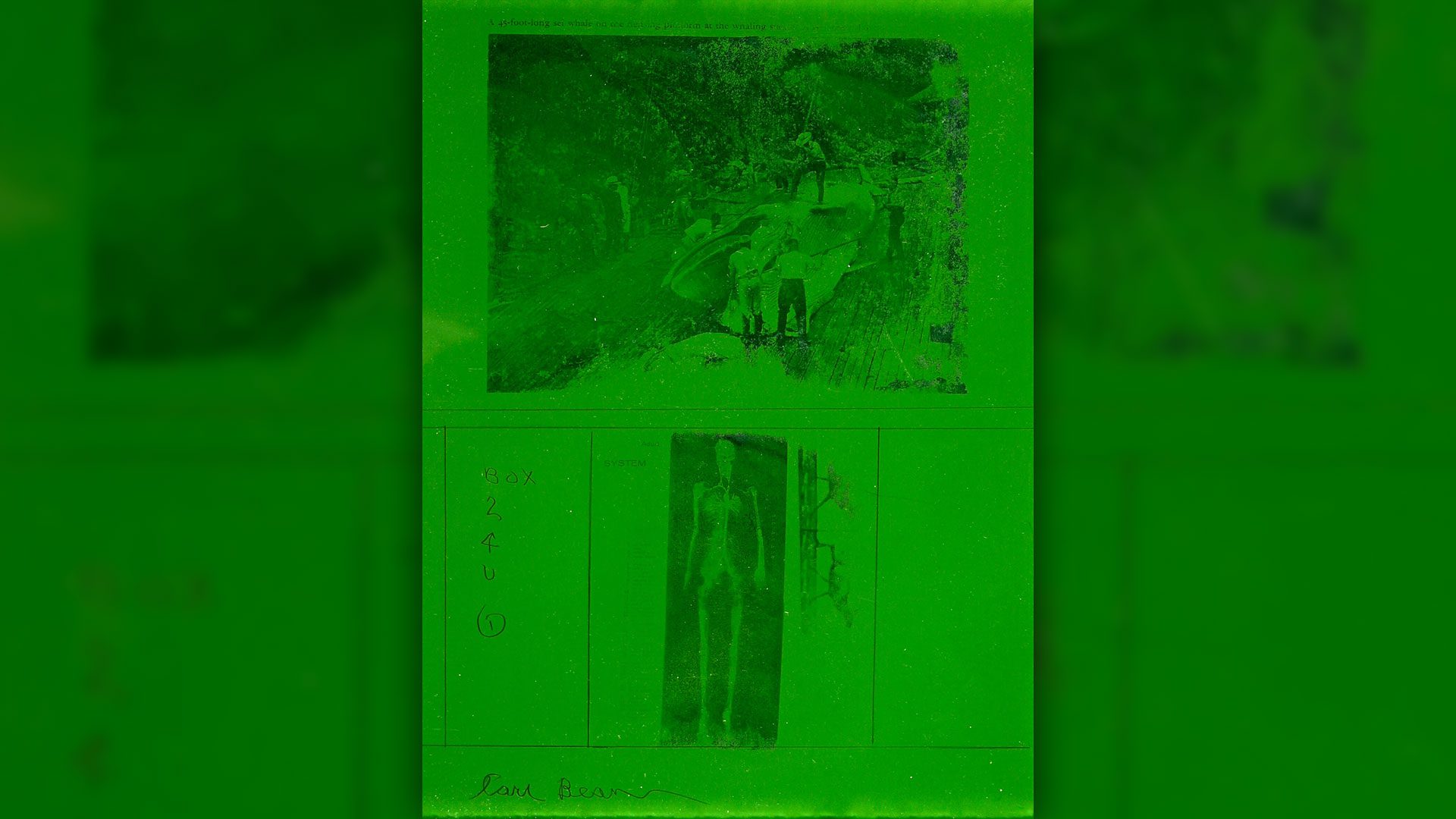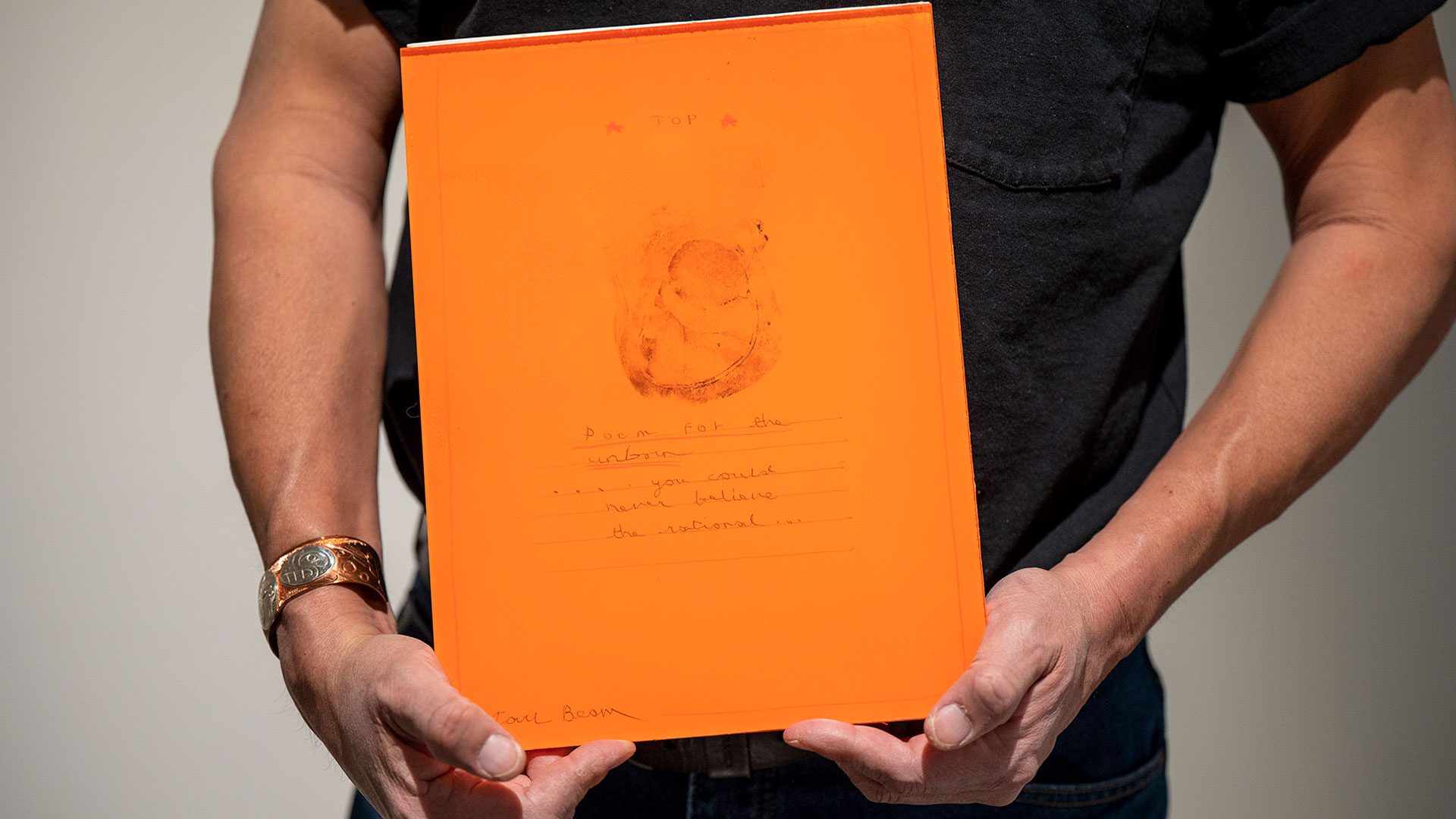
Ojibwe artist Carl Beam, whose artwork was recently discovered at the Skookum Jim’s Friendship Centre in Whitehorse. Photo taken by Ann Beam.
Artwork by one of Canada’s most revered First Nations artists has recently been rediscovered.
On Dec. 6 several prints by Objiwe artist Carl Beam were discovered at the bottom of a filing cabinet at the Skookum Jim’s Friendship Centre in Whitehorse.
It’s no small find.
Beam was a prolific mixed-media artist. Born on the M’Chigeeng First Nation on Manitoulin Island in Ontario, his art often touched on themes related to the Indigenous experience.
He was the first contemporary Indigenous artist whose work was acquired by the National Gallery of Canada. Beam died in 2005.
“It’s amazing,” says his cousin Joe Migwans, a long-time resident in the Yukon and artist in his own right.
Migwans is also from the M’Chigeeng First Nation and says he spent a lot of time working with Beam, who he considers a mentor.
“You could have any conversation surrounding his work. Any piece he’s done has drawn big conversations,” Migwans says.
Surprising discovery

The prints were found by Skookum Jim’s executive director Bill Griffis – and they’re not the only artwork he’s discovered.
A new employee to the centre, Griffis found various pieces of artwork a few months ago while going through old boxes.
Last month he told Andrew Finton, the co-owner of Sundog Veggies Training Farm, about his find as the two organizations were organizing an auction to help with proceeds for Skookum Jim’s lunch program.
After doing some research, Finton and Griffis were shocked to learn who the art was by.
In total there were 183 pieces of artwork by various artists including 28 plexiglass prints by Beam. Several of the pieces are works by renowned Objibwe artist Steven Snake.
The artwork is now being stored at the Yukon Arts Centre where it’s being appraised by experts.
“It’s been exciting as we’ve been discovering this stuff,” Griffis says.
“I’m now at the point that if I find something, instead of searching through it, it’s just like ‘okay, let’s hand it to the experts here,’” he tells APTN News.

The prints and plexiglass pieces by Beam appear to contain juxtaposed images, a common theme in his work.
One print depicts the image of what appears to be a grenade and a feather. Another, a picture of a First Nations chief and circle of bees.
“The artwork is certainly, I would say, futuristic in a way,” says Migwans.
“I feel like what it was about was the future and the past and not recreating that past, that dark past that we’ve all experienced in many ways as First Nations people, and going forward with the future generations that this could never happen again.”
Migwans was allowed to choose a piece from the recent discovery. He chose an orange plexiglass piece that contains a photo of an unborn fetus.
“It was orange and made in 1997, and now we have orange shirt day,” he says.
“It’s not connected but it just seems kind of coincidental that that piece was orange and it was an unborn fetus on the picture, and there was a poem for the unborn and it says ‘you will never guess the rationale.’”
Artwork was forgotten

Heather Finton, co-owner of Sundog Veggies, says the artwork was donated by the artists themselves to an organization in Ontario.
The foundation offered the artwork as gifts to a variety of places across Canada, including the Council of Yukon First Nations (CYFN) in Whitehorse.
CYFN then donated the artwork to Skookum Jim’s in 1997.
As staff at the time didn’t know what to do with it, most of the artwork was stored away and eventually forgotten about for 24 years.
Funnily enough, Migwans says he was the one to drop off the artwork from CYFN to Skookum Jim’s, and that he’s always known the art was kept there.
Finton says it seems fitting the artwork was discovered now.
“With all that’s happened over the last couple of years, all the information that’s been uncovered about residential schools and boil water advisories, lots of stories, I think average Canadians are starting to get it…We’re having difficult conversations that are long overdue,” she says.
Some of the artwork will be sold to art galleries across Canada.
Other pieces will be auctioned off to the public to support the lunch program at Skookum Jim’s. The auction closes on Dec. 18.
Finton says sales of the artwork will be used towards a good cause.
“The artwork that was hidden has come forward at a time that feels really relevant and the sales of that artwork are going to go back and feed Yukon families over the next year.”









